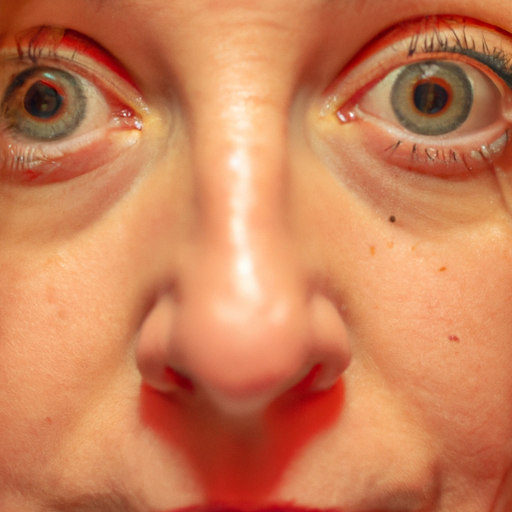Botox, a household name in the realm of cosmetic treatments, has been the go-to solution for those seeking to reverse the signs of aging. However, the science behind these injections is just as fascinating as the beauty transformations they produce.
Botox is a neurotoxic protein derived from the bacterium Clostridium botulinum, known as Botulinum toxin. It’s a potent substance that, when used in controlled, small doses, can have remarkable effects on reducing wrinkles and fine lines.
The science behind Botox is rooted in its ability to block nerve signals. When injected into specific muscles, Botox prevents the release of acetylcholine, a neurotransmitter that triggers muscle contractions. By inhibiting these contractions, Botox essentially paralyzes the targeted muscles, causing wrinkles and fine lines to soften and relax. This process is what gives the skin a smoother, more youthful appearance.
The beauty of Botox lies in its versatility and minimally invasive nature. It’s primarily used to treat dynamic wrinkles, which are lines that form from repetitive facial movements like frowning, squinting, or smiling. Common areas for treatment include forehead lines, crow’s feet around the eyes, and frown lines between the eyebrows. However, Botox is also used for various medical conditions such as chronic migraines, excessive sweating, and certain eye disorders.
Despite its popularity, it’s essential to understand that Botox is not a one-size-fits-all solution. The effectiveness of the treatment depends on various factors including the individual’s age, skin condition, and lifestyle habits. Moreover, while Botox provides temporary results—typically lasting three to six months—it requires regular maintenance to sustain its effects.
Safety is another crucial aspect to consider when discussing Botox. When administered by a trained professional, Botox is generally safe with minor side effects such as temporary bruising or headache. However, in the hands of an unqualified individual, incorrect administration can lead to serious complications like facial drooping or difficulty swallowing. Therefore, it’s imperative to seek treatment from a certified professional who understands the intricate anatomy of the face and can administer the injections correctly.
In conclusion, the allure of Botox lies in its ability to deliver noticeable cosmetic improvements with minimal downtime. However, the true beauty of this treatment is found in the science behind it. The precise mechanism of action that allows Botox to soften wrinkles and fine lines is a testament to the sophistication of modern medicine. As we continue to unmask the science behind Botox, we can better appreciate its role not just as a beauty enhancer, but also as a medical tool with diverse applications.



